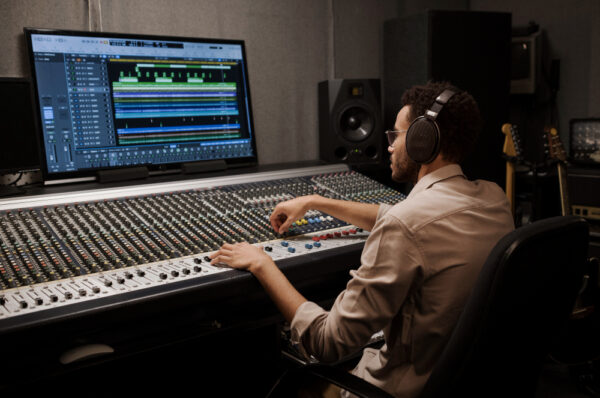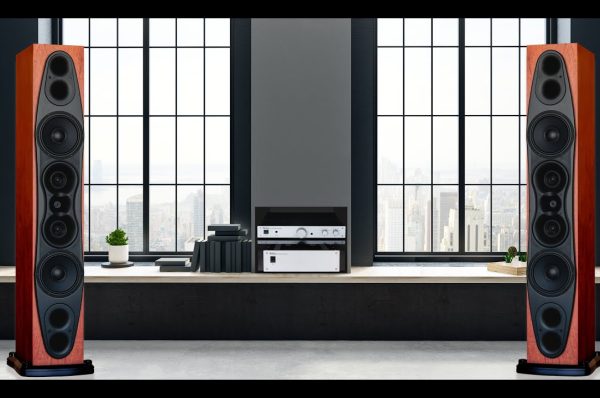Emerging audio technologies have the potential to greatly impact the audio industry. Virtual reality (VR) technology is being used to create more immersive audio experiences for users. Artificial intelligence (AI) is being used to improve speech recognition, natural language processing, and sound synthesis. Wireless audio technology is becoming increasingly popular, as it allows for greater flexibility and portability. In the future, these technologies may be integrated together to create even more advanced audio experiences. Other areas of focus could be on voice assistants, spatial audio and audio personalization.
Virtual Reality (VR) technology:
- VR technology is being used to create more immersive audio experiences for users by allowing them to feel as though they are truly in the audio environment.
- VR headsets, for example, can simulate 3D sound and create a sense of spatial awareness.
- This technology is being used in gaming and entertainment, but also in education, training and therapeutic fields.
•
Artificial Intelligence (AI) in audio:
- AI is being used to improve speech recognition, natural language processing, and sound synthesis.
- It can be used to create more human-like speech in virtual assistants and improve accuracy in speech recognition applications.
- AI can also be used to analyze audio data and create personalized music and audio experiences.
Wireless Audio:
- Wireless audio technology is becoming increasingly popular, as it allows for greater flexibility and portability.
- Bluetooth and Wi-Fi enabled audio devices are becoming more prevalent, such as wireless earbuds and smart speakers.
- With the development of 5G, wireless audio will become even more advanced, allowing for better sound quality and low latency.
Audio Personalization
- With the use of big data and AI, audio personalization is getting more sophisticated.
- Audio personalization could be based on user’s preferences, behavior, time of day, location and many other factors.
- This is particularly important in music streaming services, podcasts and other audio content providers.
Spatial Audio:
- Spatial audio refers to the representation of sound in three dimensions.
- This technology has the potential to create a more realistic and immersive audio experience.
- Spatial audio can be used in gaming, entertainment, and VR applications, but also in education and training, for example, for language learning.
Voice Assistants:
- Voice assistants are becoming more prevalent and sophisticated, with the integration of AI and natural language processing.
- They can be used to control smart devices, play music, and provide information, but also to perform more advanced tasks such as booking appointments, ordering groceries, and more.
- With the integration of spatial audio, voice assistants will be able to provide even more natural and human-like interactions.
Conclusion:
The audio industry is constantly evolving and these emerging technologies have the potential to greatly impact the way we experience and interact with audio. As these technologies continue to develop and become more integrated, we can expect to see even more advanced and immersive audio experiences in the future.

